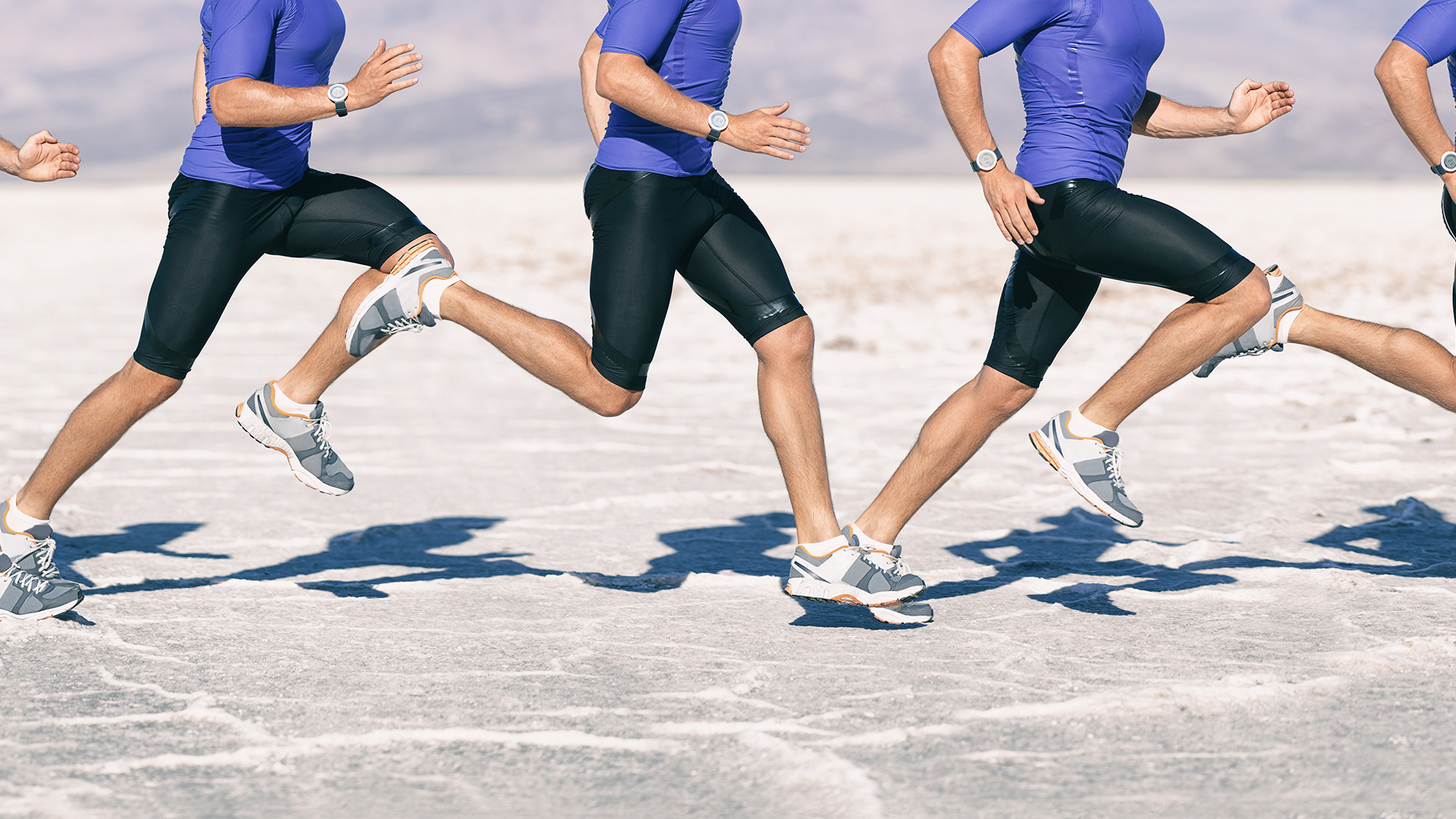
The Impact of Biomechanics on Sports Performance
Performance enhancement isn't as simple as finding the right shoe or creating the right workout routine. From rugby to basketball and everything in between, sports teams rely on biomechanists to understand the delicate intricacies of the human foot and gait and provide the best possible recommendations for overcoming hurdles and, simply put, winning.
Why does biomechanics research matter so much to performance, though? How does incomplete or low-resolution detail hamper biomechanists from doing their jobs, and what's the solution? We're going to answer these questions and more in this post.
Why Does Biomechanics Matter to Sports Performance?
Biomechanics is the study of how the body moves. On a more granular level, it's the study of how the body works as a whole, down to the operation of cells. However, as far as an athlete or coach is concerned, biomechanics is a study of movement. How an athlete stands, walks, runs, pivots, jumps, and otherwise contorts their body is paramount to performing on the court, field, pitch, or rink.
That's where sports biomechanics comes in. This discipline seeks to discover why the body moves a certain way in a specific situation. For instance, a biomechanist might ask questions such as:
- How can a slight adjustment in footfall make such a vast improvement?
- Why does this shoe insert correct this stance?
- How can the proper exercise in physical therapy speed up the recovery from this injury?
Understanding how the body works is not enough. You also need to know what's happening when it's not working right, and unfortunately, sometimes you don't have the correct data. This is especially true when data lives between the sole and the ground, in a space the human eye cannot penetrate.
Sure, visual inspections can lend insight. Photography and video can assist. Patient reports and ongoing assessments can add richness to diagnoses and treatment plans. But without good data, you're sometimes left literally in the dark.
It's time to get better data to understand what's happening between the layers of skin, muscle, bone, ligament, joint, and more.
Better Data, Better Understanding
Biomechanists, coaches, physical therapists, physicians, and athletes all want the best understanding of the situation. The problem isn't a lack of interest but rather a lack of good tools. Sometimes, the issue is unreliable equipment, while other times, product design deficiencies lie at the root of the problem.
Without the right tools, you can only progress so far. That goes for whether you're choosing footwear, designing it, or creating treatment/training plans based on it. In every scenario, better information is the means of answering unsolved questions. So, when it comes to athletics, what kind of data are we talking about?
In a nutshell, it all boils down to plantar pressure. The most salient information for athletes is what happens when the foot contacts the ground. Are there areas of higher-than-normal pressure? Lower-than-normal? Areas where we shouldn't see pressure (for instance, the inside of the arch at rest)? Areas where the foot should be contacting the ground but isn't? How does this change as the athlete picks up their foot, puts it down, turns, jumps, and so forth?
To answer these questions, you need a device to measure the interaction between the foot and the surface beneath it. That's where pressure sensors come in.
Gathering Biomechanical Data the Easy Way
So, how does gait analysis work? Here's a quick step-by-step of how gait analysis systems work:
- Head to the real-world setting in which your athlete normally performs;
- Invite the athlete to insert the insoles into their shoes, which will enable the sensors to gather pressure data and transmit it wirelessly to software, all without them noticing any difference in their footwear;
- Have the athlete perform the activity they're trying to improve, whether that's a golf swing or a basketball dunk;
- Watch as the software collects and allows you to analyze your data quickly;
- Consume the data either raw, as a report, or as a 3D visualization; and
- Run as many tests as you need to obtain the data you need, then compare the results of different tests to get an average.
Best of all, you can run tests in various environments to provide a steady baseline for athletic performance, practice, and improvement. And you can do it all without compromising the athlete's natural range of motion since no wires or lab-based equipment are involved.
Now, with one easy device, you can reduce the risk of athletic injuries, intervene in problematic movements, choose better footwear, and design more effective practice plans for all your players. Ready to use right out of the box with minimal setup and calibration, you don't have to wait to get the statistics you need to improve your game.
With hundreds of sensing points and rapid-fire capture, you can build a static or moving three-dimensional image of precisely what's happening in the shoe. It's information like you've never seen before.
XSENSOR: The Biomechanics Data Experts
You've come to the right place if you're looking for top-quality biomechanics data in one easy package. XSENSOR's industry-leading software and hardware are designed in tandem to provide you with the very best in wireless pressure-sensing technology and data analysis. Our gait and motion insoles are changing sports performance across the world, and we'd love to do the same for you.
Every athletics coach or sports performance professional searching hopelessly for lab-quality biomechanical and human performance data out in the field can stop searching. We offer tools to analyze gait accurately, reliably, consistently, and without recalibration every other second. Plus, you can use our insoles anywhere your athletes need to be – from the track to the pitch to the streets of your city.
Say goodbye to inconvenient limitations of real-world testing and hello to the solution. All you have to do is get in touch today.
